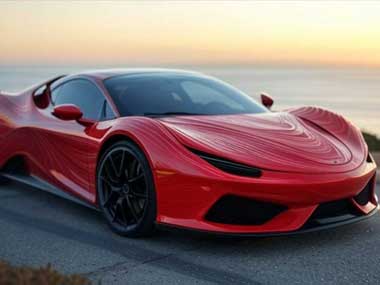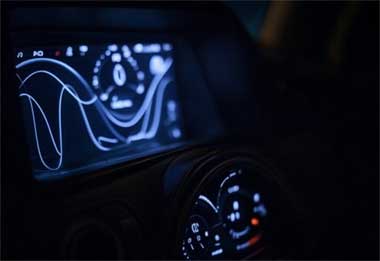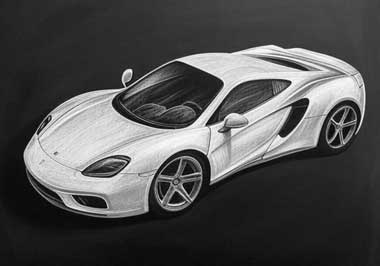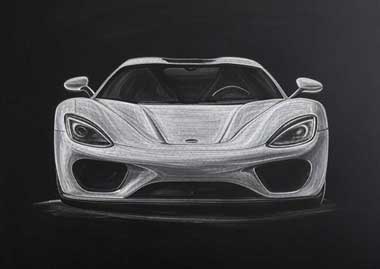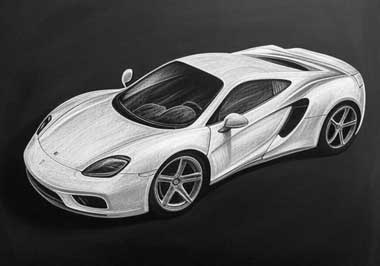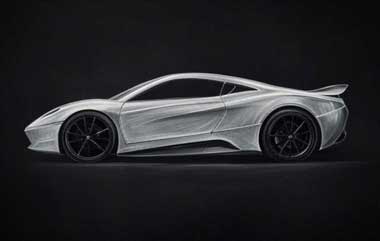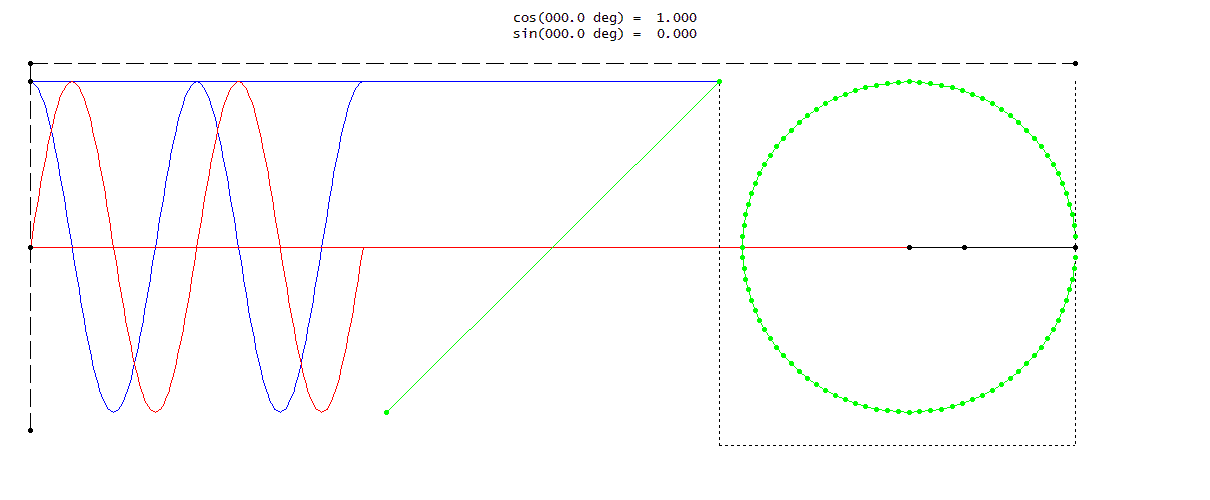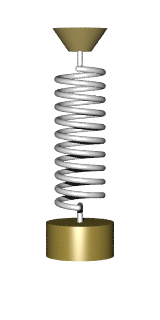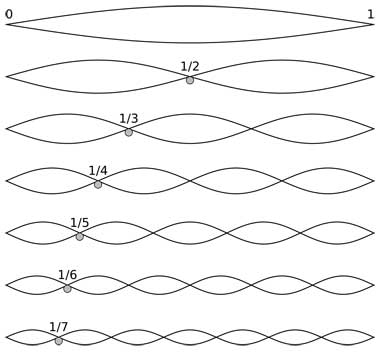High Performance Sports Car Hydrogen Powered
General Overview
- Vehicle Type: Sinusoidal Hydrogen Powered Concept Car
- Fuel Type: Hydrogen (H2)
- Power Source: Hydrogen Fuel Cell
Performance
- Range: Up to 800 kilometers (500 miles) on a full tank, depending on hydrogen storage capacity.
- Acceleration: 0-60 mph in approximately 2 to 6 seconds, depending on the vehicle's design and weight.
- Top Speed: Potentially over 300 km/h , with some prototypes reaching higher speeds.
Hydrogen Storage
- Storage Method: High-pressure tanks, potentially with additional removable capsules for extended range.
- Tank Capacity: Main tank might store around 5 kg of hydrogen, with additional capsules adding up to 8 kg total.
Fuel Cell System
- Fuel Cell Stack: Utilizes a stack of fuel cells to convert hydrogen into electricity, with capacities varying from 100 kW to 150 kW for current models.
- Efficiency: Thermal efficiency could be similar to or better than traditional internal combustion engines, depending on the implementation of the fuel cell system.
Electric Motors
- Power Output: Up to 670 horsepower in some concept vehicles, significantly higher in supercar concepts like the Hyperion XP-1.
- Drive Type: Likely all-wheel drive for better handling and power distribution.
Battery
- Function: Acts as a buffer for storing electricity generated by the fuel cell, not for primary energy storage. This allows for energy recapture and smoothing power delivery.
Charging and Refuelling
- Refuelling Time: Approximately 3-5 minutes for a full tank of hydrogen, similar to conventional gasoline refuelling.
- Infrastructure: Limited availability of hydrogen refuelling stations, with major concentrations in areas like California.
Design and Features
- Body Style: Could range from SUV to supercar, with designs focusing on aerodynamics and efficiency for sinusoidal power delivery.
- Materials: Use of lightweight materials to compensate for the weight of hydrogen storage systems and to enhance vehicle efficiency.
- Safety: Advanced safety features including hydrogen leak detection, crash-resistant tanks, and special venting systems.
Environmental Impact
- Emissions: Zero tailpipe emissions except for water vapor, contributing to lower greenhouse gas emissions if hydrogen is produced from renewable sources.
Innovative Aspects
- Sinusoidal Power Delivery: A theoretical concept where power might be delivered in a wave-like fashion for optimal efficiency, though specifics would depend on proprietary technology or design philosophy.
This specification is a conceptual blend based on current and near-future hydrogen technology trends, and actual implementations might vary significantly based on manufacturer innovations and regulatory frameworks.
Keywords
sinusoidal hydrogen concept car hydrogen fuel cell performance range acceleration top speed hydrogen storage high-pressure tanks tank capacity fuel cell stack efficiency electric motors power output all-wheel drive battery function refuelling time hydrogen infrastructure design aerodynamics lightweight materials safety features zero emissions sinusoidal power delivery
